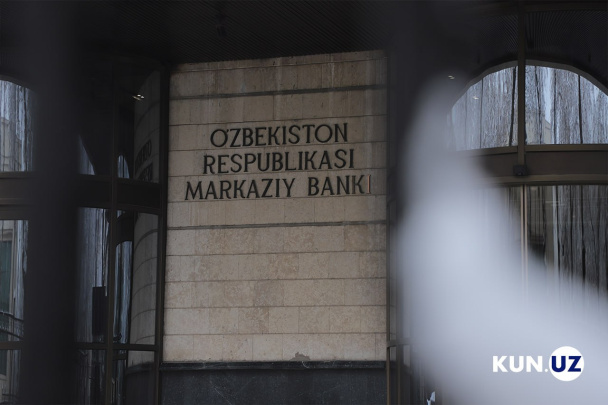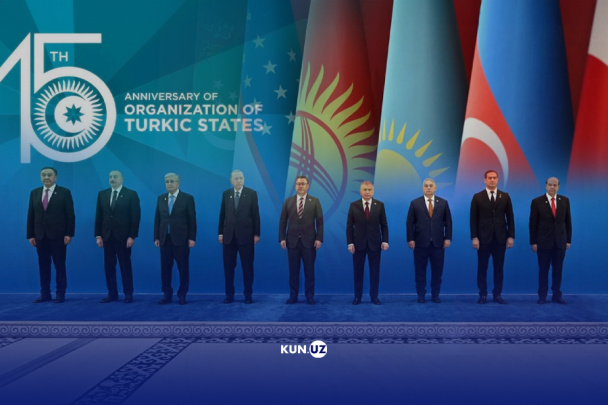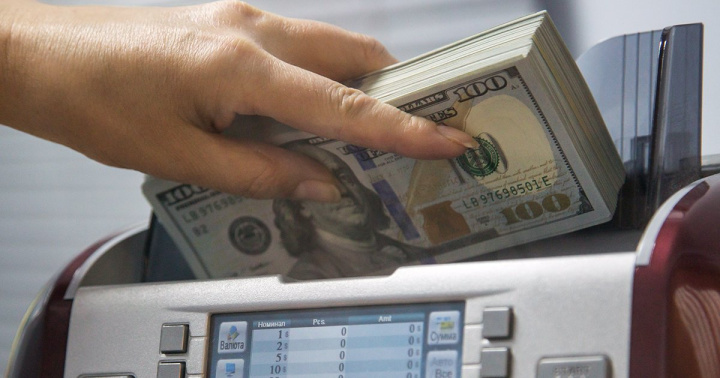Central Bank names reasons for growth in the level of dollarization of deposits and loans
As of October 1, 41.2% of deposits and 47.5% of loans in the banking system were formed in foreign currency.

Photo: Press Service of Central Bank
The regulator is trying to resolve the issue through traditional monetary and macroprudential measures, such as the application of high reserve requirements for deposits and risk ratios for loans in foreign currency.
During the pandemic, the level of dollarization of loans and deposits increased significantly, and this year remained at a high level, practically unchanged.
The chairman of the Central Bank Mamarizo Nurmuratov said this at a press briefing on Thursday, October 21, Spot reports.
He emphasized that the slow change in the tendency to keep funds in freely convertible currencies was facilitated by high inflation over the past many years, restrictions on currency exchange in the recent past, and incomplete confidence in the banking system.
“The lack of a long-term resource base in the banking system, the “investment thirst” observed over the past five years, low interest rates in the newly opened international financial markets increase the desire of entrepreneurs to take out loans in foreign currency,” Nurmuratov noted.
In international practice, in countries that have not experienced major foreign exchange crises, during periods of relatively stable exchange rates, business interest in foreign currency loans increases, and their attention or caution regarding foreign exchange risk decreases.
“This, of course, is a business risk, but in the future, when such risks arise, they will have a negative impact not only on the financial condition of companies, but also on commercial banks, and, ultimately, on macroeconomic indicators and financial stability,” the CB head emphasized.
Therefore, within the framework of an “open dialogue” with entrepreneurs in August of this year, the President gave appropriate instructions to implement systemic measures to reduce currency risks in the economy.
In particular, a foreign exchange risk management company will be created to convert foreign currency loans of commercial banks into national currency on the basis of market mechanisms.
As a result, commercial banks will be able to provide long-term loans in national currency at the expense of foreign resources. This, in turn, will prevent foreign exchange risks that could arise for banks and businesses in the economy.
So, in September and October, more than 15,000 enterprises with debt in foreign currency up to $1 million were sent proposals from commercial banks to transfer loans allocated in foreign currency into the national one.
561 companies agreed to the proposed terms. Their loans in the amount of $123 million were reissued and converted to national currency. This practice will continue in the future, the head of the regulator said.
Related News

14:54 / 09.11.2024
Central Bank fines seven banks and two microfinance organizations for regulatory violations

16:04 / 08.11.2024
OTS summit key highlights: Strengthening security cooperation, boosting economic ties and unity among Turkic nations

11:46 / 08.11.2024
Uzbekistan’s foreign reserves reach record $43 billion

10:59 / 08.11.2024



